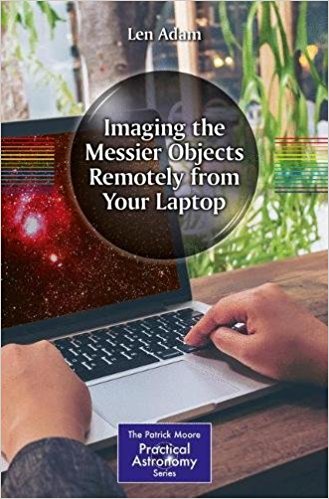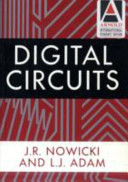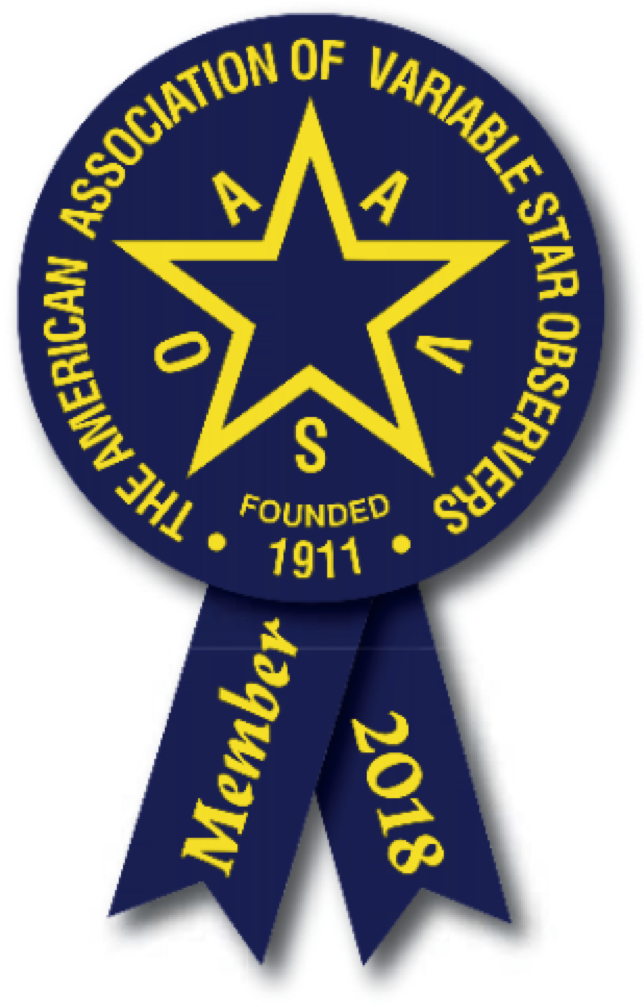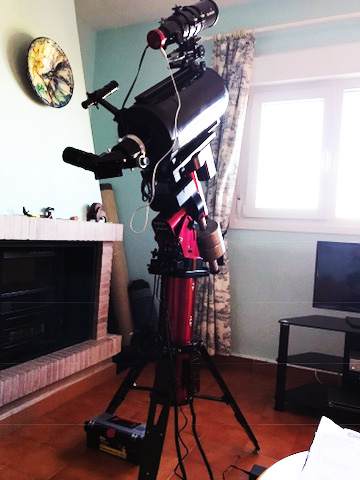Galaxy Template Library Creation
 Saturday, September 19, 2009 at 12:21PM
Saturday, September 19, 2009 at 12:21PM The major problem with Supernova hunting if you have a dome is the dome itself. Unless is is automated (which mine is not) you have to keep pushing the dome around as required by the sequence of galaxies to be imaged.
One solution to this is to synchronise the galaxy set being imaged with the movement of the sky. I am trying to do this by imaging in 30 minute wide RA "slices". By selecting the sequence of these slices to be at least half an hour behind the Local Sidereal Time these slices are near "vertical "at lower altitudes.
This means that the RA axis hardly moves and the Dec axis does all of the work - also meaning that the telescope only has to move vertically - i.e. parallel to the dome slit!
As one slice is completed - just before the galaxy crosses the meridian - the next slice - half an hour of RA to the East is started, maintaining its 30 minute RA eastward separation from the meridian.
I had an initial successful run at this last night allowing me to image 175 galaxies in a couple of hours or so, with magnitudes brighter than 15. All of this without having to move the dome slit! In fact I was in my sitting room with a small wireless laptop on my knee showing the images coming in and showing progress through the galaxies - through the use of VNC - a freely downloadable bit of software. If clouds appear I can spot this on the image and rush out to close up the dome if necessary.
With my field of view of 20' X 20' and 30s exposures many of these galaxies are very small and difficult to see but are definitely there and a bright supernove could be visible. Of course larger brighter galaxies are imaged as well.
The images are going into a single folder allowing any database galaxy (template) to be detected by name in Grepnova when it is re-imaged (image). Blinking can then be used beween template and image to identify any potential supernova - or intruding minor planet or other moving object of course!
Fortunately there is a mechanism for checking online to detect minor planet locations in the vicinity of galaxies imaged.
Some images taken last night are shown below. They are all 20' X 20' with an exposure of 30s. NGC images link to the relevant image in the DSS Survey
PGC 64696









Reader Comments